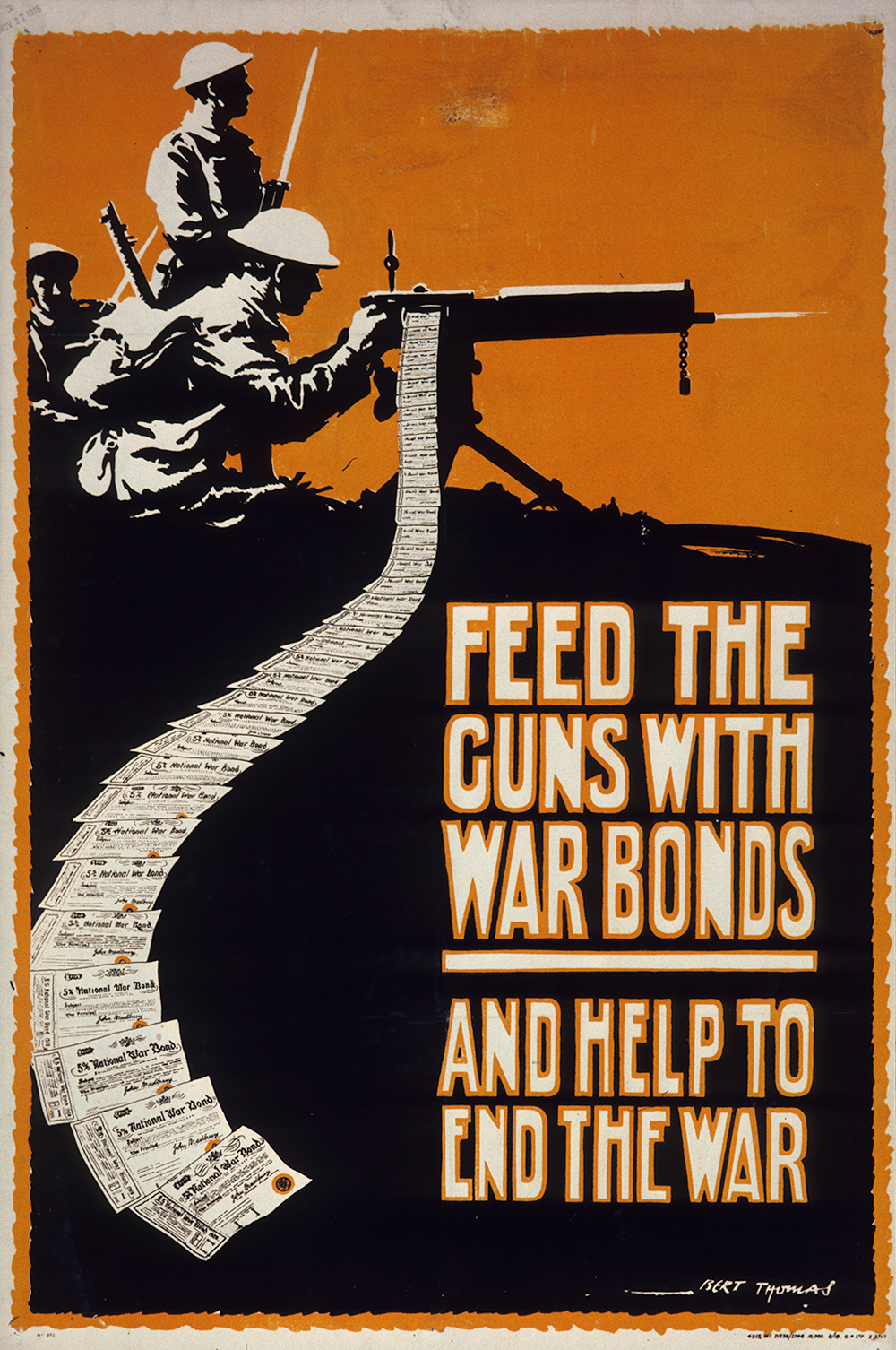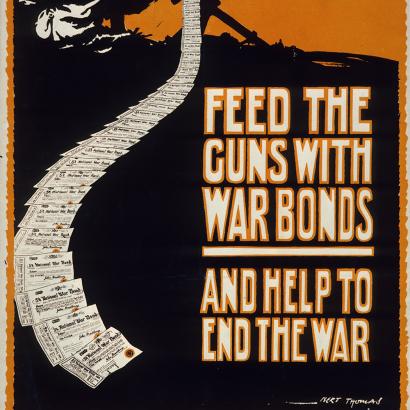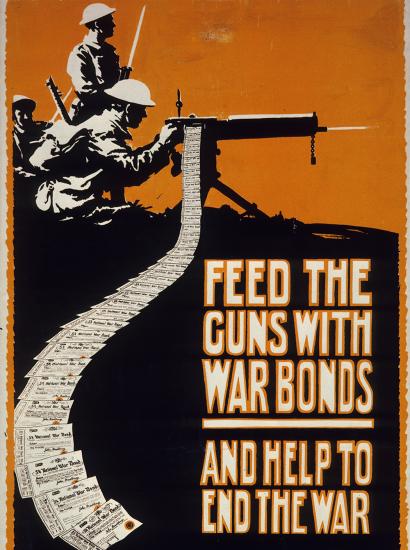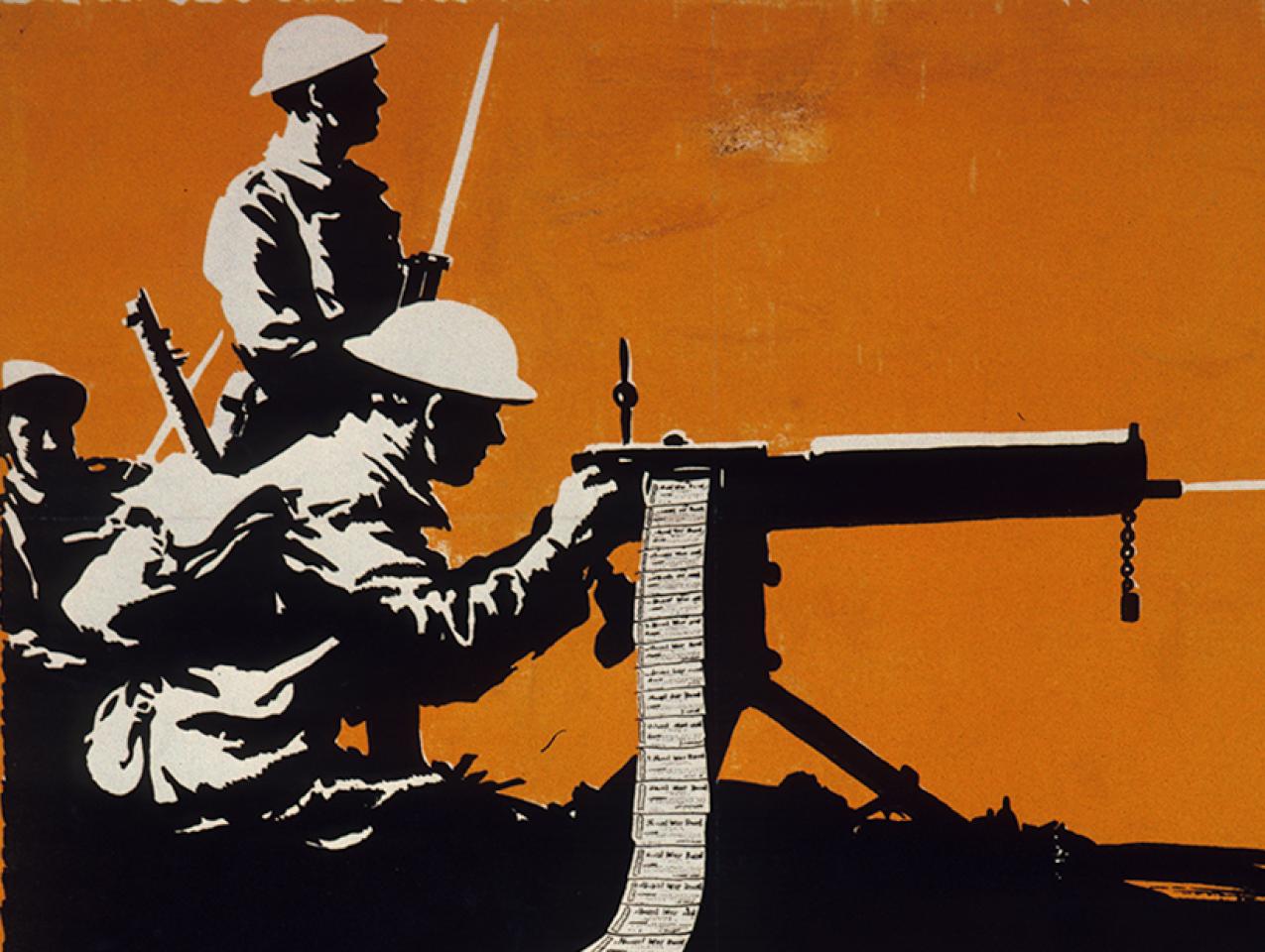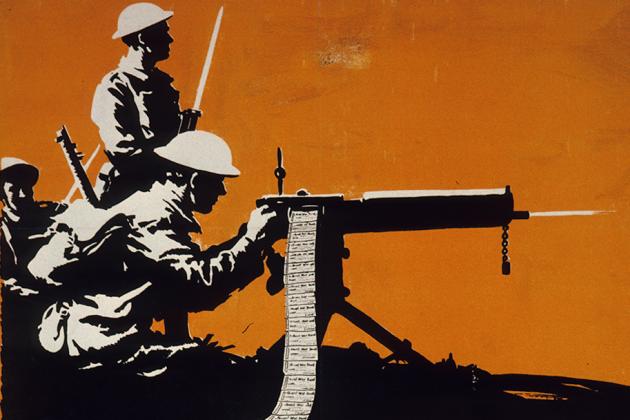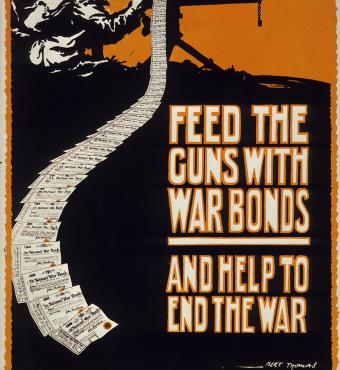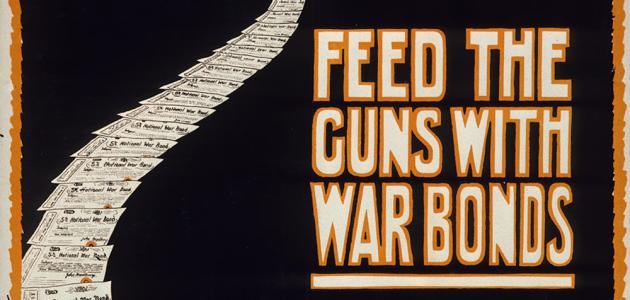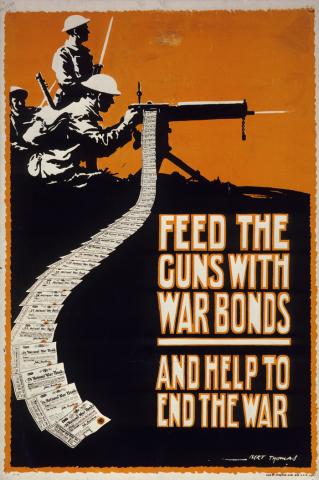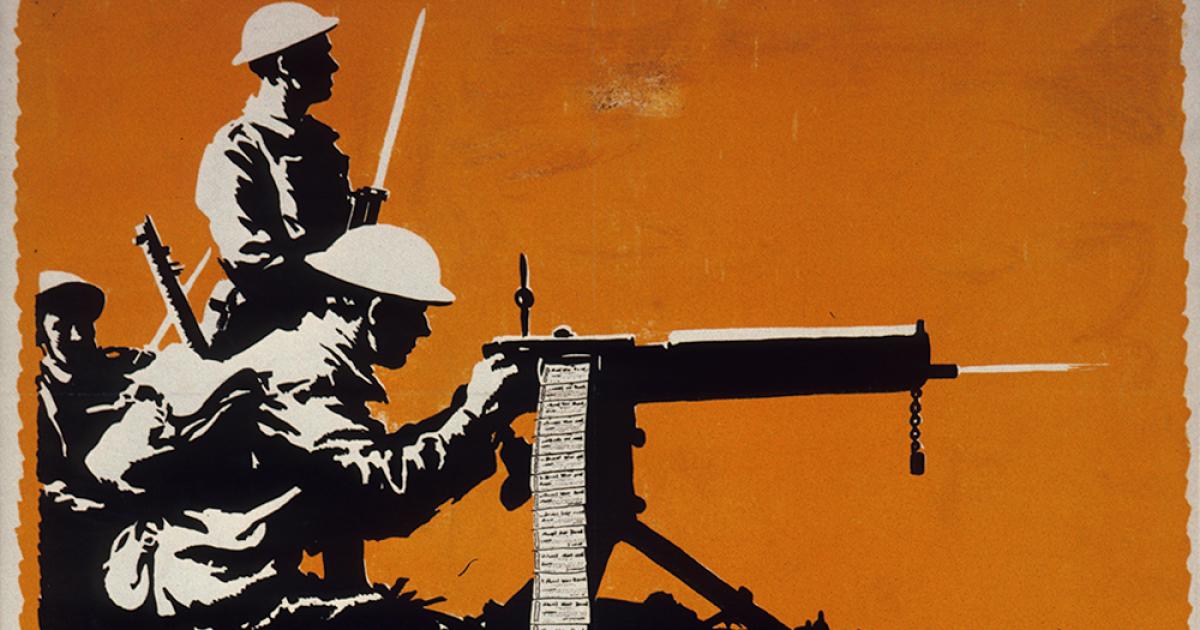The never-ending struggle for advantage between attack and defense, lethality and protection, and the innovative and “tried and true” has intensified yet again, this time in Ukraine—to the dismay of some defense contractors and the glee of others. Relatively cheap drones overwhelm expensive tactical systems, while their more-sophisticated counterparts penetrate strategic defenses when used in mass. A century after its introduction, the tank has plummeted in its battlefield utility and survivability. Mobile warfare, rejuvenated at Cambrai, proved senile on the Steppes. The full range of capabilities of unmanned aerial vehicles (UAVs)—drones—from surveillance to the kill has not only facilitated the massacre of massed armor for pennies on the dollar—or fractions of a penny—but dramatically reduced the training time and expense required for operators substituting for pilots. Manned aircraft all but disappeared from the skies above the sprawling trench lines of the Ukraine war’s second year.
The ever-renewed contest between heavy and light, protected and nimble, doubtless dates back to prehistory, but a particularly acute example is the advent of the crossbow. In crude forms, crossbows of sorts had appeared in Asia and elsewhere in antiquity, but the weapon as we know it matured in Europe just prior to the Crusades. Innovative weapons (and tactics) solve specific problems, and the challenge in the high medieval centuries was to resist and overcome the one-man tanks of the era, armored knights, who had come to dominate the battlefield, which, incidentally, meant domination by socio-economic elites, noblemen who could afford not only the armor, but also warhorses, squires, smiths—an entire support system.
The appearance of the crossbow as we think of it allowed specialized foot soldiers to reliably penetrate armor with relatively little training (as compared to the even deadlier Welsh and English longbows, which required great skill and strength). By extension, this weapon threatened not only the acknowledged rules of warfare but the social order.
The threat was so grave that successive popes tried (in 1096 and 1139) to forbid the crossbow’s use against fellow Christians, threatening anyone who wielded it with excommunication. Non-Christians were fair game, though, and The First Crusade would take Jerusalem in 1099.
One would imagine that the proliferation of gunpowder weapons by the early Renaissance would have fully put paid to metal body armor, but major European armies still fielded breast-plated heavy cavalry regiments at the outbreak of World War I. The machine gun proved even more effective than the crossbow. (And we still field body armor, although it’s much improved.)
Simultaneously, we may be witnessing another sub-revolution in battlefield systems usage in Gaza, where armored vehicles still have powerful utility in asymmetrical warfare, although ever less in the conventional battles for which they were designed, and which justified their costs. Farther afield—or afloat—we may soon witness a similar shift in naval warfare, with aircraft carriers doomed in hi-tech war, but still effective in 21st-century gunboat diplomacy.
We are witnessing the beginning of a new age in warfare, which will require painful reassessments from military leaders and a profound shift in procurement priorities and organization.
Warfare has changed.
Nothing new.







